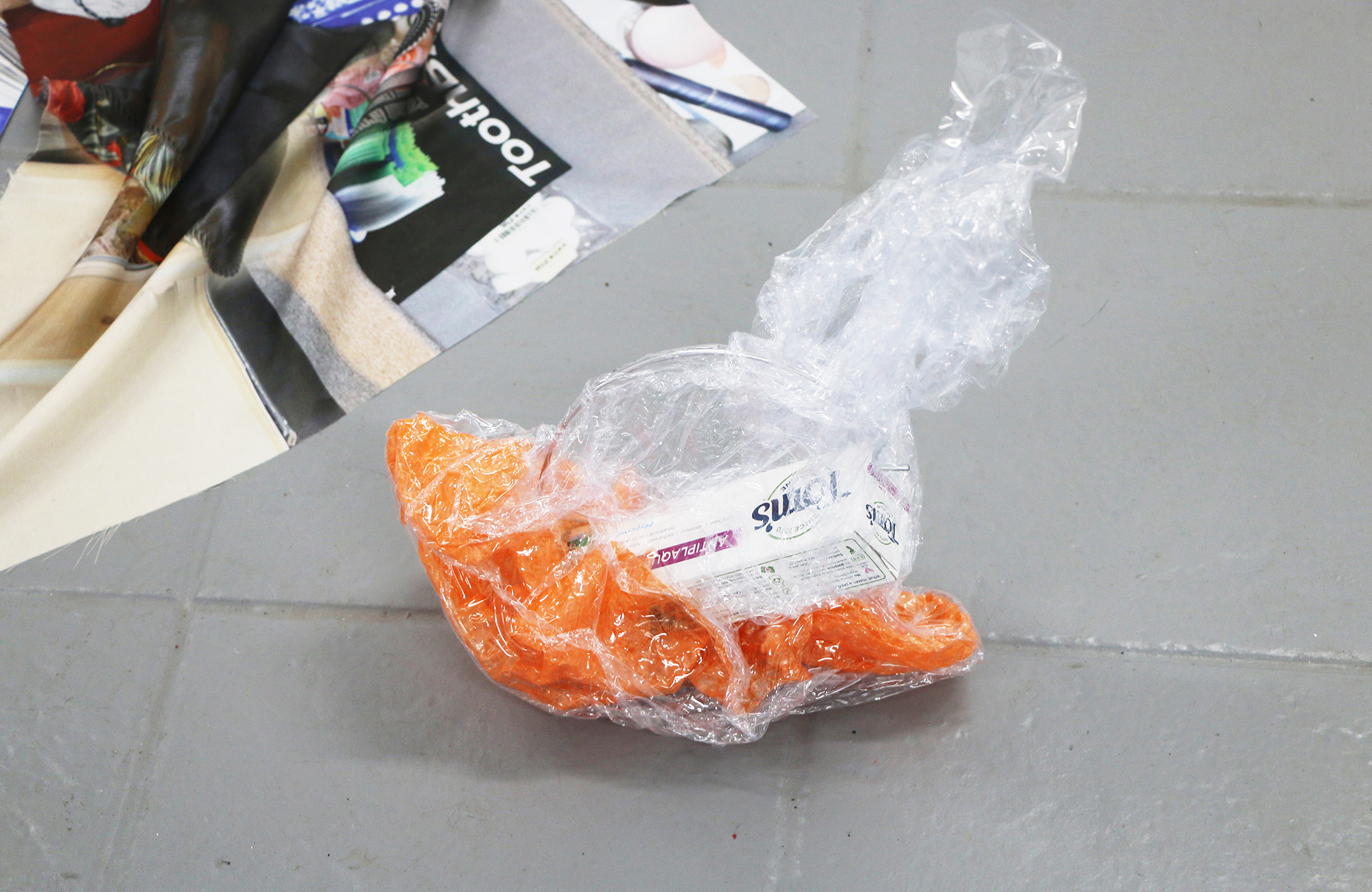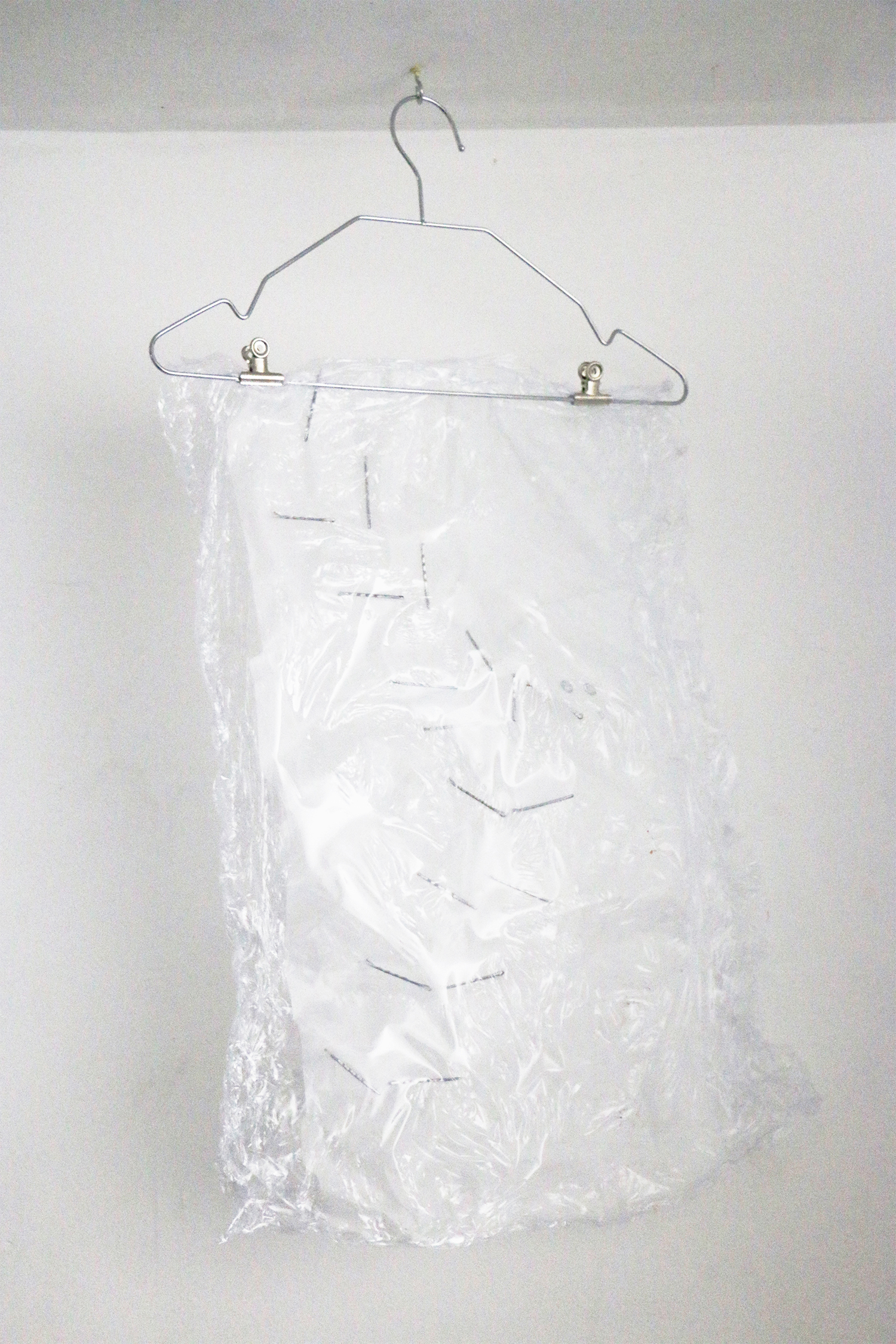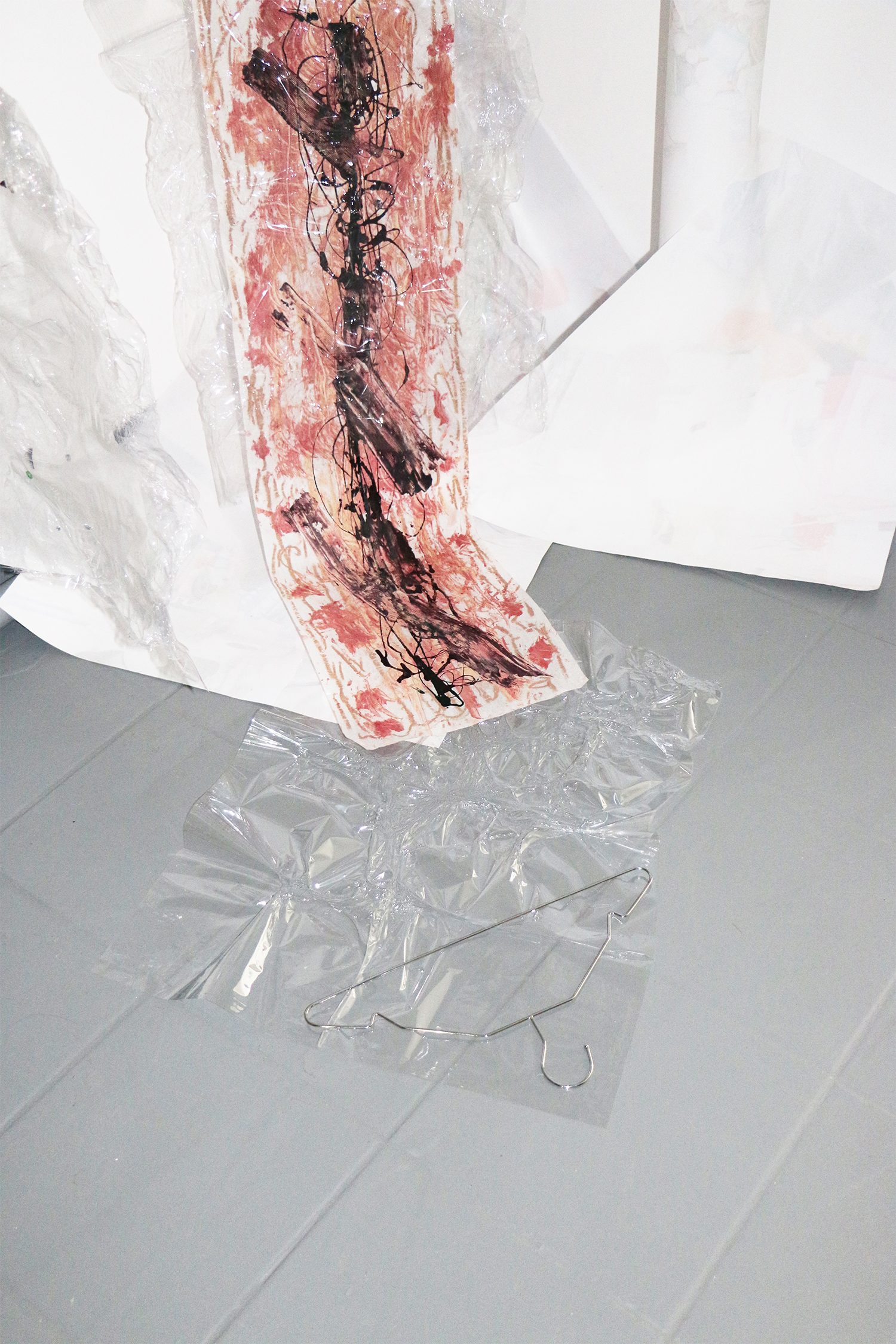The perception of categorization
Andrea Xiaofeng Wang
Categorization, as an existing mechanism of human behavior, is supposed to be revealed explicitly to show its impact on the intersection between object and environment. This project offers a possibility for categorization to be combined with the daily lives of people by tidying up at home. Clean up our house becomes a daily routine where classification mainly comes in. With this standard action, there is a 7-days performance held in the author’s home to show a reality of categorization.

Everything goes back where it belongs
The standard method people apply in categorizing their stuff is based on the human’s principle such as using frequency and personal preference. Then, this performance attempts to trace back to the physical property of objects: color, elasticity, shape, weight, size, shape and luminosity which integrated with the 7-days categorization process. Meanwhile, the principle of categorization only last one days which forces the author to adopt the new structure as soon as possible.





7 Traitors and 7 consequences
There are several objects which cannot be categorized by any standards. For example, on the day when their shape should organize objects, it is hard to put the paper rolls into any categories. Because when it is stretched, the form is changed. In this case, this lost objects defined as the seven traitors. By contrast, there are also seven consequences which are the painting drawn on each day. The radio video, seven traitors and seven consequences constitute the documentation of this product.